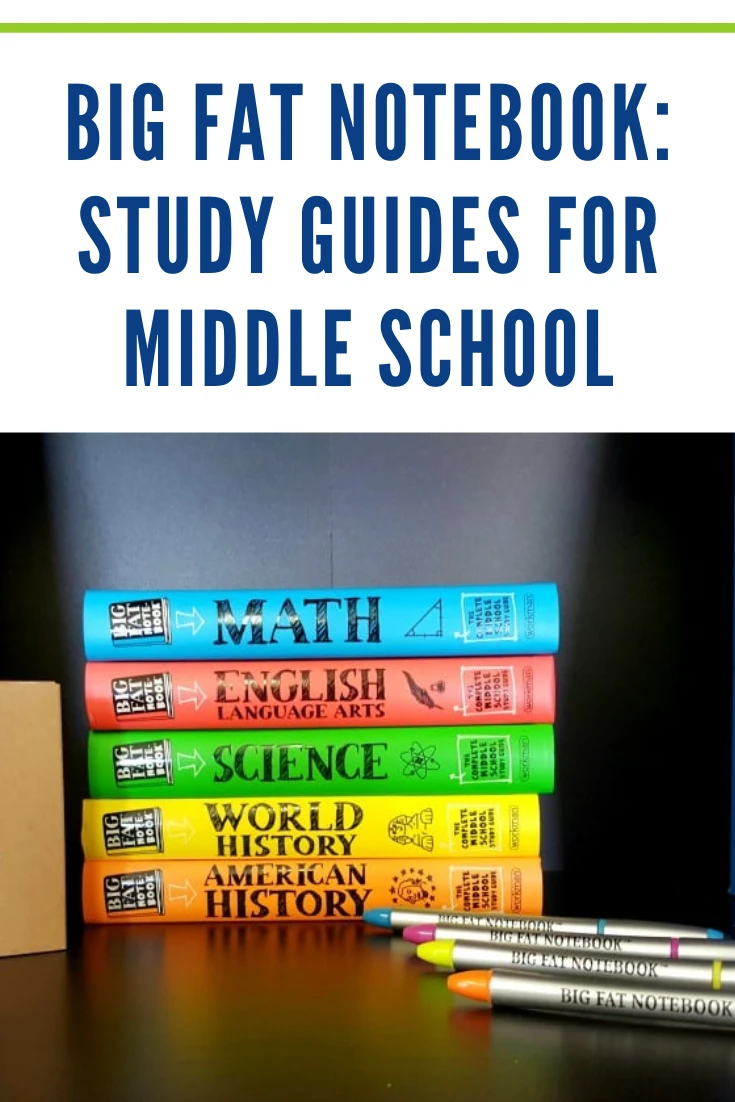I received #BigFatNotebooks in exchange for this post. #ad All opinions are my own.
We’re bidding farewell to the lazy days of summer and hitting the books. It’s Miss M’s first adventure in Middle School. Homework is a little hairy, but we have Big Fat Notebooks to help her make the grade!
Big Fat Notebook: Study Guides for Middle School
Goodness! It’s been a while since I was in school. There has come a time when their homework has stumped me with each of my children. This year, we’re leaning on the condensed notes and quizzes from the smartest kid in every subject with easy-to-read Big Fat Notebooks. They are perfect for Middle School!
When Jake was little, we used to love Brain Quest, and those genius creators must have had a middle school child because they created five study guides–one for each of the central subjects:

The Central Subjects
- Math
- Science
- American History
- English Language Arts
- World History
Each study guide is a fantastic resource–it’s like “peeking” at the most intelligent kid’s notes!
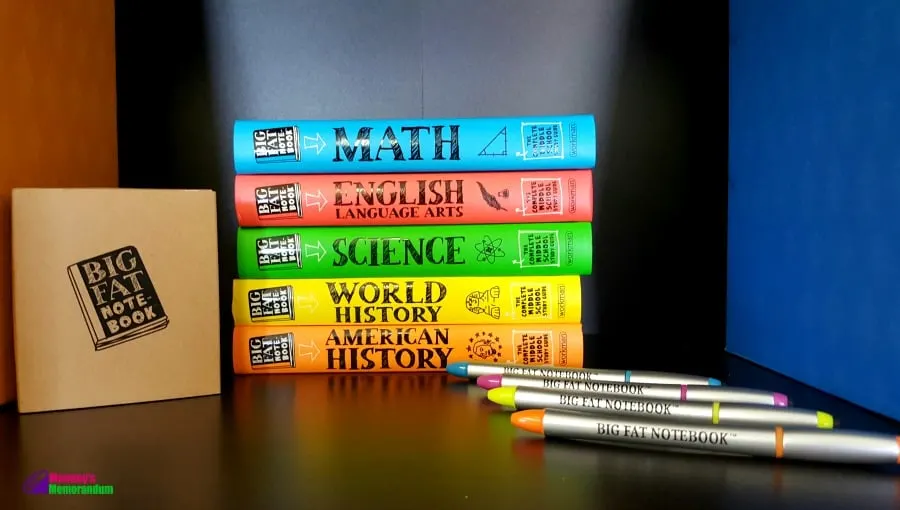
Miss M’s first impression of the books was, “Wow!” Even before reading, I saw the light go on. Finally, everything we have talked about note-taking was laid out. I always tell her, “chicken scratch in class, and then come home and organize and rewrite your notes so you can study them.”
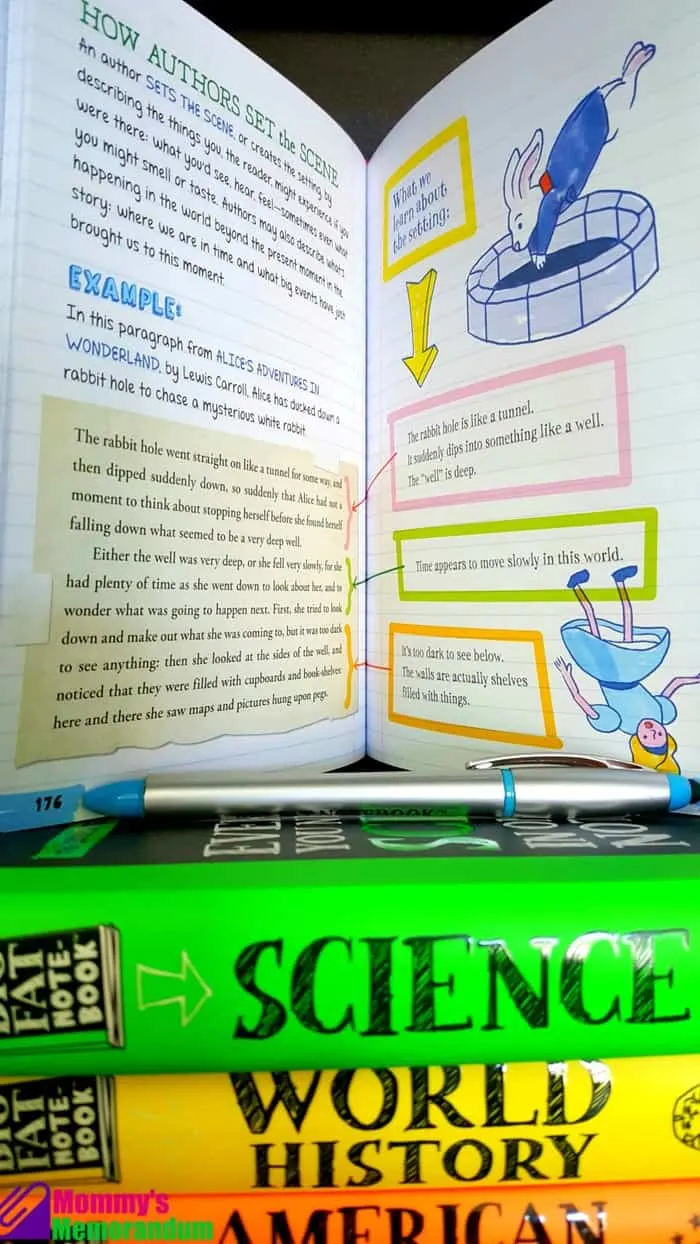
About Big Fat Notebook Study Guides
Big Fat Notebooks from Workman Publishing has an eye-catching and easy-to-navigate layout.
Neon Colors highlight essential information.
There are explanations and definitions for words and concepts that she can easily understand.
Fun doodles make the tricky concepts memorable.
There are fun mnemonics to help remember the information.
It all wraps up with quizzes that summarize and work as a study guide for each topic.
Big Fat Notebooks meet Next Generation Science, Common Core, and state history standards. They also come highly recommended by teachers who have won the National and State Teacher of the Year Award.
I read Everything You Need to Ace American History in One Big Fat Notebook. I couldn’t help myself! It is divided by periods, and there is a timeline of events. I thought it made it a great resource to see cause and effect.
I am still sneaking in to read a chapter here and there. I find it a great refresher and have found answers to some questions I’ve had and feel what I read left me with a better understanding of the events in a brief amount of time.
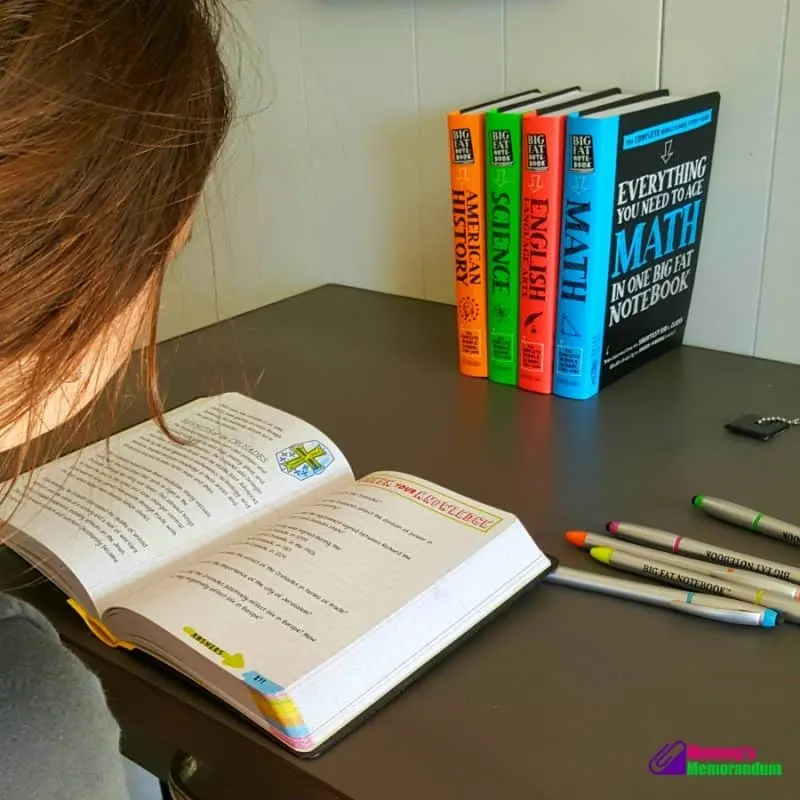
My kiddos love History, but studying American History isn’t going to be entirely covered in one year. This book is an excellent resource for children to study the period they are learning about in class and broaden the horizon a little more by exploring how we got there or what happened because of something.
It goes all the way from the Bering Land Bridge to the Obama administration.
My #BigFatNotebook Descriptions
Everything You Need to Ace Math . . . covers fractions, decimals, and how to multiply and divide them; ratios, proportions, and percentages; geometry; statistics and probability; expressions and equations; and the coordinate plane and functions.
Everything You Need to Ace Science . . . starts with scientific investigation and moves on to the engineering design process to the Periodic Table; forces and motion; forms of energy; outer space and the solar system; to earth sciences, biology, body systems, ecology, and more.
Everything You Need to Ace American History . . . begins with Native Americans and goes through the war in Iraq with units on Colonial America, the Revolutionary War, Jefferson, and the expansion west, the Civil War and Reconstruction, and notable events of the 20th century—World Wars, the Depression, the Civil Rights movement, and much more.
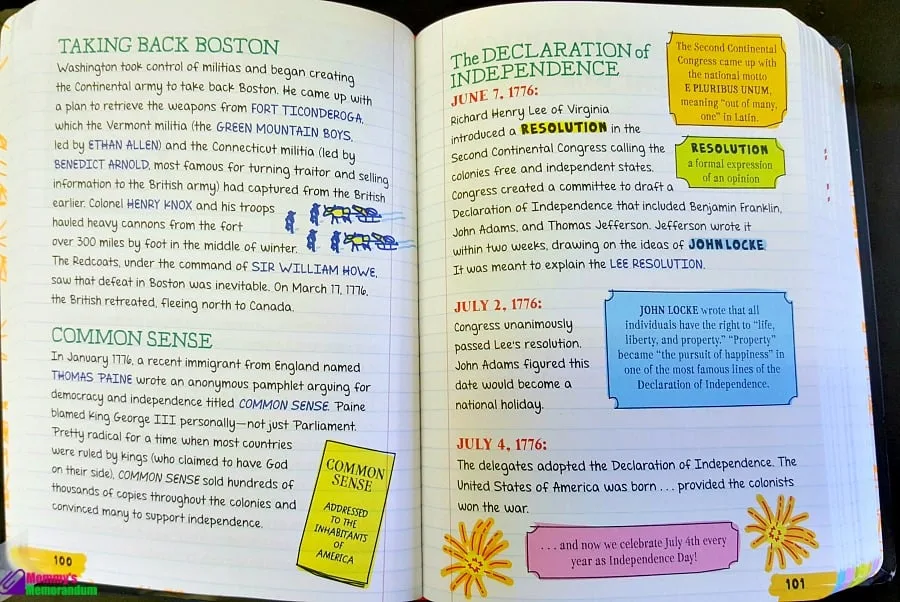
Everything You Need to Ace World History . . . covers the Paleolithic Era, ancient civilizations—in Egypt, Greece, India, China, Africa, Rome, the middle ages, the Renaissance, the age of exploration and colonialization, revolution and imperialism, plus the modern world.
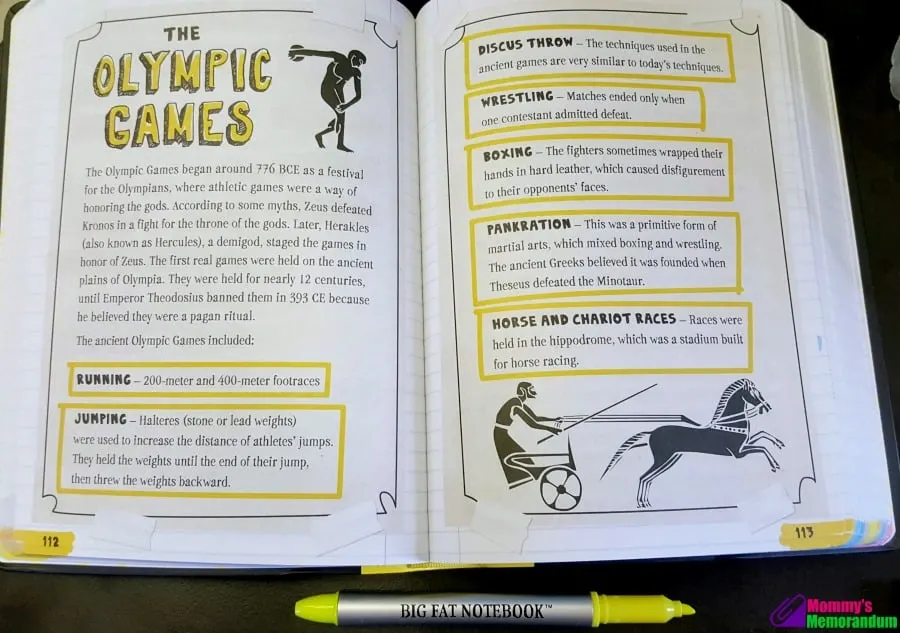
Everything You Need to Ace English Language Arts . . . helps with grammar (parts of speech, active and passive verbs, Greek and Latin roots and affixes), nuances in word meanings, textual analysis, authorship, structure, and other skills for reading fiction and nonfiction with a section on writing arguments, informative texts, and narratives.

